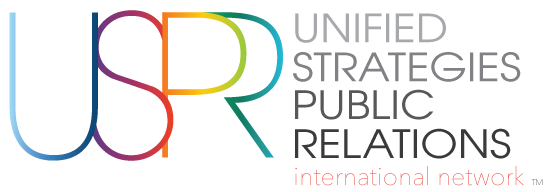With media platforms multiplying and message producers sending out endless updates, the world of information can seem like just one loud, cloud of swarming insects, engulfing us in a ceaseless buzz.
Tweets go out at a rate of 500 million a day while Facebook has more than 1 billion potential posters. Surrounded by that unending roar, we all want to make sure our messages move through the clamor and make it to the intended audiences with ever-shorter attention spans. In such surroundings, there may be no margin for error, no tolerance for a message that misses the mark. So we add smiley faces, winks and LOLs to prevent misunderstandings from occurring in the increasingly muddled, electronic mist.
Yet the more we all rely on emoticons and emoji, the more we have to wonder if content even matters anymore. Why take care with tone and structure when we have abbreviations and graphics to explain what we really meant, anyway? If our eyes skip ahead to the emoticons to see the intent of the content, then what’s next for text? What’s the future hold for those who believe content can be more than filler.
No doubt, the smiley faces and their clan of little graphic helpers have a real role to play. They’re essential for some brief messages. And, if I’m not sure if someone is kidding me, I’m glad to see a ;-). I’ve added some smiley reassurances to make certain a client won’t miss the point of the missive.
Still, no one wants to tell clients, “Hey, I peppered your marketing message with a pile of smiles and flock of winged hearts, so our audience will know they should love the new campaign.” That just seems as if it will always be wrong.
Maybe we’ll reach a time when every message and public sign will include a facial expression or tonal marker: No Right On Red (stern face); Love Conquers All (heart-shaped face); Dare To Be Different (go get ‘em face); Semper Fi (a group of don’t-mess-with-us faces). Yet what tiny graphics could even begin to convey the power of Do Unto Others As You Would Have Them Do Unto To You?
Fortunately, those messages don’t need emoticons – yet. They don’t rely on teensy signs to clarify or glued-on rhinestones to sparkle. They remind us that the right choice in voice, tone and rhythm seem to work a magic that makes them memorable.
While a client might want an institutional voice in their messaging, believing it to sound impressively large, we can warn that impersonal tones simply blend in with the bland and drown among all the other dull droning. A clear, authentic voice can pierce the fog in the same way that a friend’s hello will find its way through a crowd to you – the target audience.
Our clients may not be able to count on potential customers as friends ready to listen, but whether we’re writing for a client’s campaign or telling the story of our own companies, we should strive to find a meaningful voice that carries through the roar. Our phrases represent us. They give us a chance to show what words mean to us. And to our clients. Our phrases greet the customer. We don’t want to be the bakery with stale samples in the display case.
Of course, we can’t always create text that informs, engages, sizzles and sings while changing social behavior to create a better world. I certainly can’t. Yet even a short note can be noteworthy. And although our social media posts may not wind up being quoted through the ages, any originality of expression will help your voice or your client’s message move through electronic hum. Clear, clean and engaging remain good guidelines for prose on any platform.
Aim for original phrasing. Think about sound and substance, music and lyrics. Go back to passages of writing that you have loved and think about how the writer created those effects. Of course, if we could crack the code of great literature, we’d all be famous. But you may find that re-examining those phrases you love may make you more aware when you write for yourself and clients.
Not every part of your website, message or campaign will thrill. But every part can be a polished part. And nearly every audience will appreciate the effort behind the difference. Well, IMHO, that is. BTW, what’s the emoticon for I’m not sure I was clear? Quizzical face? Wrinkled brow made of squiggly brackets? IDK.


